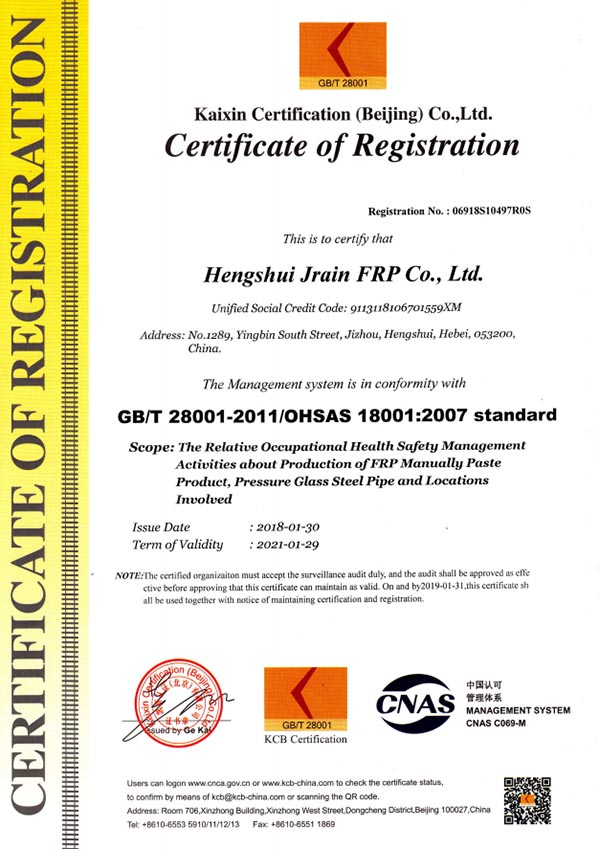
-
 Afrikaans
Afrikaans -
 Albanian
Albanian -
 Amharic
Amharic -
 Arabic
Arabic -
 Armenian
Armenian -
 Azerbaijani
Azerbaijani -
 Basque
Basque -
 Belarusian
Belarusian -
 Bengali
Bengali -
 Bosnian
Bosnian -
 Bulgarian
Bulgarian -
 Catalan
Catalan -
 Cebuano
Cebuano -
 China
China -
 China (Taiwan)
China (Taiwan) -
 Corsican
Corsican -
 Croatian
Croatian -
 Czech
Czech -
 Danish
Danish -
 Dutch
Dutch -
 English
English -
 Esperanto
Esperanto -
 Estonian
Estonian -
 Finnish
Finnish -
 French
French -
 Frisian
Frisian -
 Galician
Galician -
 Georgian
Georgian -
 German
German -
 Greek
Greek -
 Gujarati
Gujarati -
 Haitian Creole
Haitian Creole -
 hausa
hausa -
 hawaiian
hawaiian -
 Hebrew
Hebrew -
 Hindi
Hindi -
 Miao
Miao -
 Hungarian
Hungarian -
 Icelandic
Icelandic -
 igbo
igbo -
 Indonesian
Indonesian -
 irish
irish -
 Italian
Italian -
 Japanese
Japanese -
 Javanese
Javanese -
 Kannada
Kannada -
 kazakh
kazakh -
 Khmer
Khmer -
 Rwandese
Rwandese -
 Korean
Korean -
 Kurdish
Kurdish -
 Kyrgyz
Kyrgyz -
 Lao
Lao -
 Latin
Latin -
 Latvian
Latvian -
 Lithuanian
Lithuanian -
 Luxembourgish
Luxembourgish -
 Macedonian
Macedonian -
 Malgashi
Malgashi -
 Malay
Malay -
 Malayalam
Malayalam -
 Maltese
Maltese -
 Maori
Maori -
 Marathi
Marathi -
 Mongolian
Mongolian -
 Myanmar
Myanmar -
 Nepali
Nepali -
 Norwegian
Norwegian -
 Norwegian
Norwegian -
 Occitan
Occitan -
 Pashto
Pashto -
 Persian
Persian -
 Polish
Polish -
 Portuguese
Portuguese -
 Punjabi
Punjabi -
 Romanian
Romanian -
 Russian
Russian -
 Samoan
Samoan -
 Scottish Gaelic
Scottish Gaelic -
 Serbian
Serbian -
 Sesotho
Sesotho -
 Shona
Shona -
 Sindhi
Sindhi -
 Sinhala
Sinhala -
 Slovak
Slovak -
 Slovenian
Slovenian -
 Somali
Somali -
 Spanish
Spanish -
 Sundanese
Sundanese -
 Swahili
Swahili -
 Swedish
Swedish -
 Tagalog
Tagalog -
 Tajik
Tajik -
 Tamil
Tamil -
 Tatar
Tatar -
 Telugu
Telugu -
 Thai
Thai -
 Turkish
Turkish -
 Turkmen
Turkmen -
 Ukrainian
Ukrainian -
 Urdu
Urdu -
 Uighur
Uighur -
 Uzbek
Uzbek -
 Vietnamese
Vietnamese -
 Welsh
Welsh -
 Bantu
Bantu -
 Yiddish
Yiddish -
 Yoruba
Yoruba -
 Zulu
Zulu
FRP Spray Pipe Applications and Benefits in Modern Industries
Understanding FRP Spraying Pipes A Comprehensive Overview
Fiberglass Reinforced Plastic (FRP) spraying pipes are gaining significant traction in various industries due to their unique properties and advantages. This article delves into the characteristics, benefits, applications, and installation of FRP spraying pipes.
What is FRP?
FRP, or Fiberglass Reinforced Plastic, is a composite material made of a polymer matrix reinforced with fiberglass. This combination results in a lightweight yet remarkably strong material that can withstand various environmental conditions, making it ideal for numerous applications. The versatility of FRP arises from its ability to resist corrosion, withstand extreme temperatures, and provide structural integrity without adding excessive weight.
Characteristics of FRP Spraying Pipes
1. Corrosion Resistance One of the most outstanding features of FRP spraying pipes is their exceptional resistance to corrosive substances. This makes them ideal for industries dealing with chemicals, wastewater, and saline environments, significantly extending their lifespan compared to conventional materials like metal.
2. Lightweight and Durable FRP pipes are much lighter than steel or concrete pipes. This characteristic not only simplifies transportation and installation but also reduces the load on supporting structures. Despite their lightweight nature, they can handle high pressure and are resistant to impact and abrasion.
3. Thermal and Electrical Insulation FRP materials provide superior thermal insulation, helping maintain temperature-sensitive processes. Additionally, they are non-conductive, making them safe to use in electrical applications where grounding and conductive materials would pose a risk.
4. Flexibility in Design The manufacturing process of FRP allows for flexibility in design and customization. Pipes can be produced in various sizes, shapes, and lengths to meet specific project requirements, facilitating various construction methods and layouts.
Benefits of FRP Spraying Pipes
1. Cost-Effectiveness While the initial investment in FRP spraying pipes may be higher than traditional materials, their long-term durability and low maintenance costs result in savings over time. Reduced downtime and replacement frequency contribute to their overall cost-effectiveness.
frp spraying pipe

2. Environmentally Friendly FRP materials can be produced with a lower environmental impact compared to conventional materials. Their longevity also reduces waste and the need for frequent replacements, aligning with sustainability goals in many industries.
3. Quick Installation The lightweight nature of FRP pipes allows for quicker installation processes, reducing labor costs and project timelines. Additionally, fewer support structures are necessary, further simplifying installation.
Applications of FRP Spraying Pipes
FRP spraying pipes are used across various sectors, including
- Chemical Processing Due to their resistance to harsh chemicals, FRP pipes are commonly used in the transportation of corrosive fluids and chemicals.
- Water Treatment In wastewater treatment facilities, FRP pipes support the efficient movement and management of sewage and wastewater.
- Oil and Gas The oil and gas industry utilizes FRP pipes for transporting liquids and gases, particularly in environments that require resistance to corrosive elements.
- Construction In construction projects, FRP spraying pipes are favored for their lightweight properties and resistance to environmental factors.
Conclusion
FRP spraying pipes stand out as an innovative solution for various industries, offering a blend of durability, flexibility, and cost-effectiveness. Their growing popularity is largely due to their exceptional characteristics and benefits, making them an ideal choice for applications that require resilience against corrosion, impact, and thermal fluctuations. As industries continue to seek advanced materials to enhance efficiency and sustainability, FRP spraying pipes are poised to become an integral part of modern infrastructure solutions.
Latest news
-
Exploring the Benefits of Top Hammer Drifter Rods for Enhanced Drilling PerformanceNewsJun.10,2025
-
High-Precision Fiberglass Winding Machine for GRP/FRP Pipe Production – Reliable & Efficient SolutionsNewsJun.10,2025
-
FRP Pipes & Fittings for Shipbuilding - Corrosion-Resistant & LightweightNewsJun.09,2025
-
Premium FRP Flooring Solutions Durable & Slip-ResistantNewsJun.09,2025
-
Premium Fiberglass Rectangular Tanks Durable & Lightweight SolutionNewsJun.09,2025
-
Tapered Drill String Design Guide Durable Performance & UsesNewsJun.09,2025









